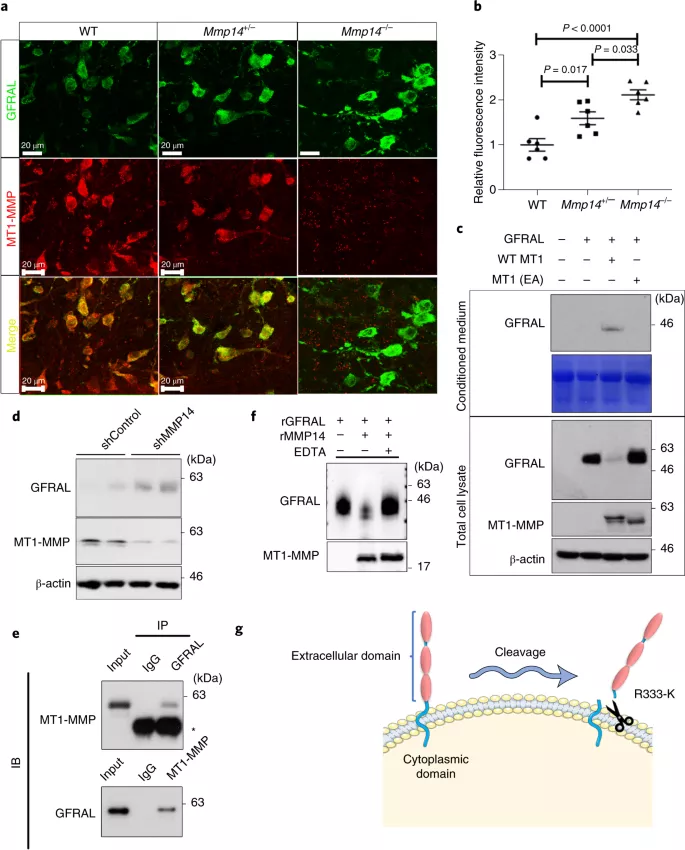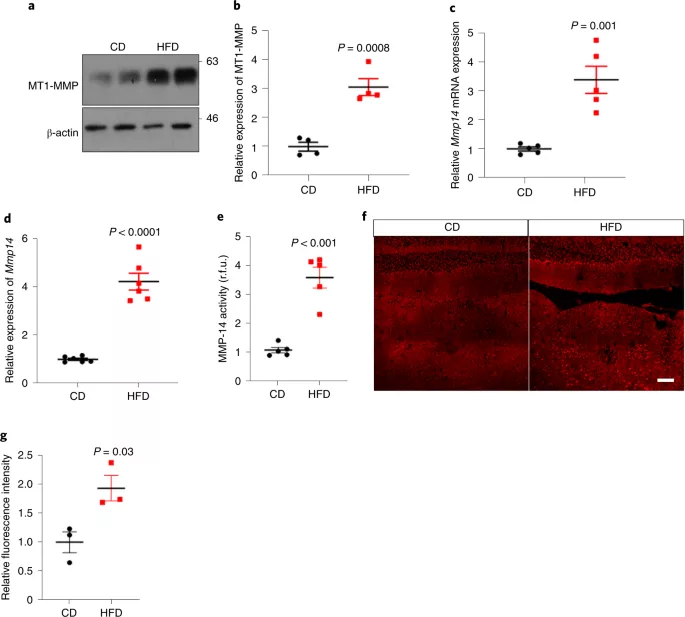In order to find a cure for the next generation of obesity, scientists are looking for a single enzyme that can be used to turn off certain functions of metabolism, and research continues to find some promising candidates. The latest research comes from scientists from Hong Kong Baptist University. they have identified an enzyme, which is a key regulator of satiety and appetite, and proved that inhibiting its activity can prevent weight gain in high-risk mice**

In recent years, we have seen that obesity researchers have found a lot of useful information about how our metabolism works. With this new understanding, a series of potential new drug targets for the treatment of obesity have emerged. This includes blocking the adverse effects of sugar, affecting our energy expenditure, and enzymes that help us store fat and suppress appetite when we are full.
The findings of the authors of the new study also relate to our appetite and our ability to feel full after eating the right size of food. The team's exploration led them to study a key signal axis in energy and weight regulation, involving a hormone called growth and differentiation factor 15 (GDF15) and a receptor in the hindbrain called GDNF family α Gfral like neuronal receptors.
It is well known that GDF15 signals satiety by combining with gfral, so it is believed that drugs may help regulate food intake by intervening in this process. However, little is known about this pathway, so scientists have conducted experiments to clarify the new mechanism.

This involved mice designed to lack an enzyme called MT1-MMP in these satiety neurons. The rodents were placed on a fat rich diet to form an obesity model, as well as a control group of healthy mice. After 16 weeks, MT1-MMP depleted mice ate 10% less food and gained 50% weight. They also showed decreased glucose and plasma insulin levels. Together, these results suggest that depletion of MT1-MMP can protect mice fed a high-fat diet from obesity.
Further investigation showed that the level of MT1-MMP in obese mice increased in brain regions called the posterior pole region and the nucleus tractus solitarius, which are known to help regulate human appetite and weight. The scientists also showed that this enzyme inhibits satiety signals by cleaving gfral receptors from the surface of neurons and preventing GDF15 from binding to them.
In another round of experiments, scientists explored the therapeutic potential against MT1-MMP by using an antibody to inhibit the activity of MT1-MMP instead of genetic engineering. This induced various improvements in metabolic markers, including glucose tolerance, body weight, and food intake.
Dr. Xavier Wong Hoi Leong, who led the research team, said: "the results confirm the role of MT1-MMP in regulating satiety. They provide preliminary indications that this proteolytic enzyme is a promising target for the treatment of obesity. Pharmacological inhibition of MT1-MMP may be a feasible strategy for developing effective drug therapies for obesity."
The study was published in Nature metabolism 》In magazines.